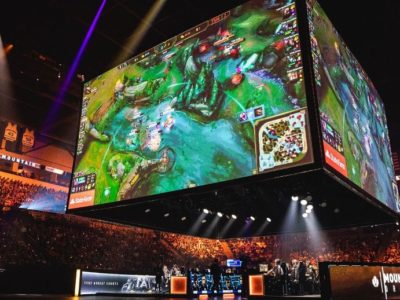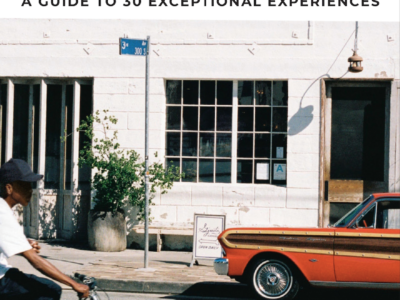
What to See in Paris (Besides the Eiffel Tower)
What to See in Paris (Besides the Eiffel Tower)
WORDS + PHOTOS BY OLIVIA LOPEZ
As an American, my views of Paris are nothing new. Our culture has long romanticized the City of Light as an aesthetic paradise. It’s a vision immortalized by its timeless beauty that is abundantly feasible from the grand architecture to the cozy brasseries sprawled across the city.
From haute couture to high cuisine, it’s easy to see why Paris has become a place of refuge for the creatively inclined. Quality ingredients and craftsmanship are some of the defining hallmarks of the culture. There is a pride in process and a pace of present mindedness that soothes the senses. The perils of modern life are not so apparent when long held traditions are greeted with a more gradual approach to modernity. No matter how demanding and fast paced our digital age becomes, the five-course lunch remain a fixture without compromise.
Although scanning for views of the Tour Eiffel or the hunt for the perfect pain au chocolate are no longer the objects of desire on my return trips, the enduring charm of Paris is the cultural contrast it offers from my own. Paris sheds light to the epicurean notion of living that allows us to luxuriate in the present moment. In a time where leisure has become a luxury, extended lunches, a scenic walk winding through the Arrondissements, and an extensive Bordeaux menu is a kind reminder on how we can reflect on daily life more qualitatively.
But Paris isn’t all moonlight and roses – servers are often unaccommodating at best, the sky relentlessly gray and Parisians are notoriously pessimistic. But Paris, in hyperbole, is receptive to those with a heightened sensitivity. The poetics of space and existential café culture is what makes Paris irresistibly foreign yet accessible. Hemingway describes it best, that Paris stripped down to the senses, is a movable feast.











